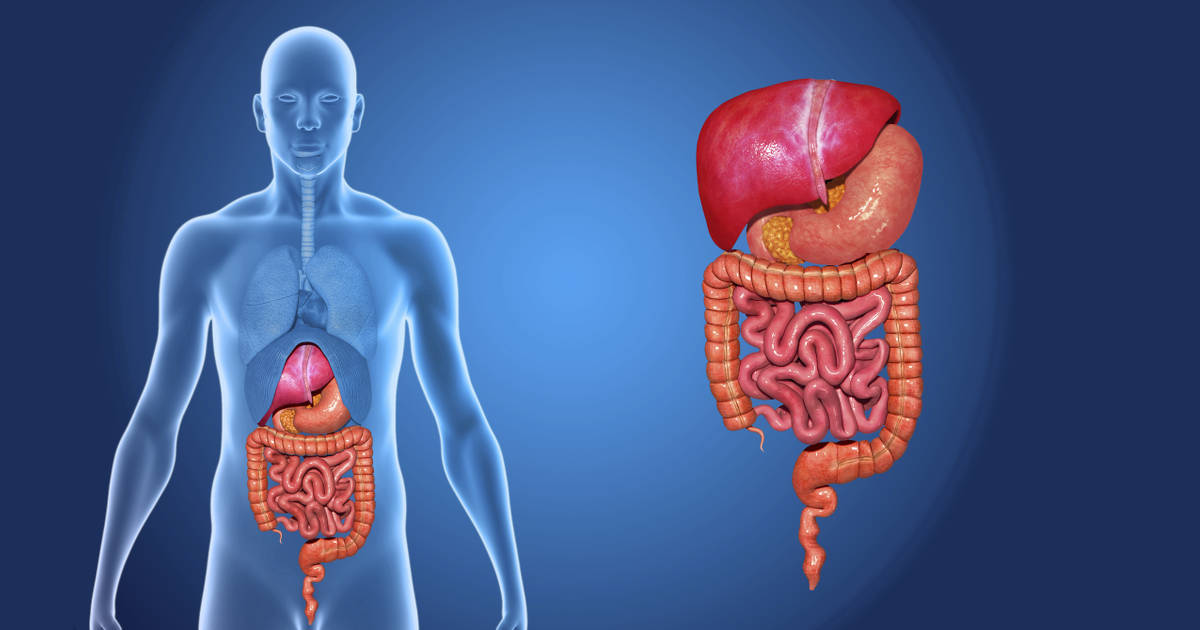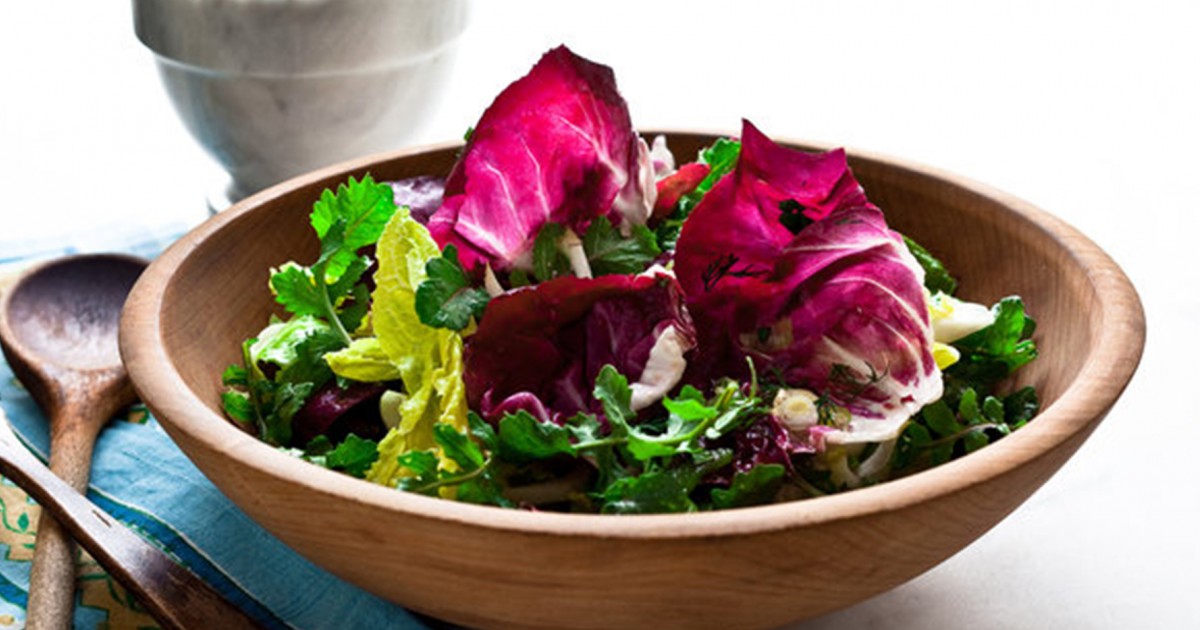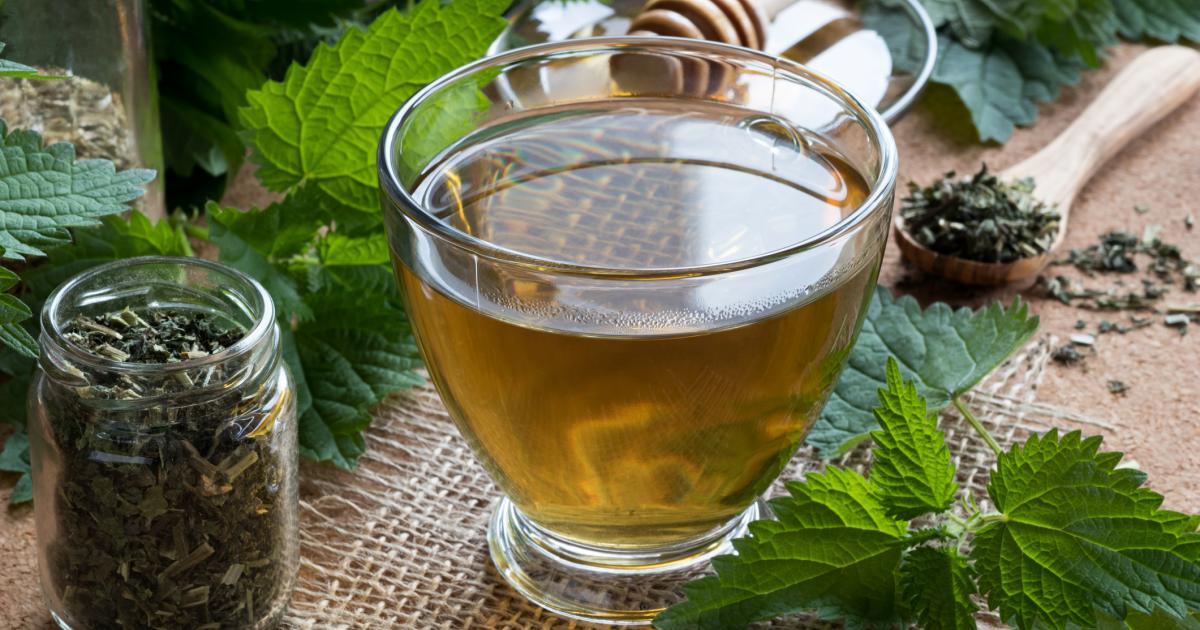What Is A Bitter Herb?
Although modern medicine has made leaps and bounds in advancements throughout time, the body is an incredible machine that can be healed and cared for with what Mother Nature provides us. Our ancestors even discovered some insights about how the human body reacts to natural medicines, and one of these was with the use of bitter herbs. Keep reading to reveal what a bitter herb is, how it heals and helps the body, and how to incorporate it into a healthy diet today.
What Is A Bitter Herb?

Bitters are plants with a sharp pungent taste or smell. Digestive bitters are within the category of plant stimulants and are far from the sweetest experience, and are likely disagreeable and harsh to many individuals taste buds. The very word ‘bitter’ is even linguistically associated with expressions of anger, resentment, pain, and reactivity. Many may not be aware, but we may know some of these bitter herbs and might even use them in our daily lives. Some of the most common bitters include Barberry, Chamomile, Gentian, White Horehound, Wormwood, Goldenseal, Dandelion Root, Milk Thistle, Peppermint, and Yarrow to name a few.
Continue reading to learn how bitters work and stimulate the body.
How Do Bitters Work?

Bitters, as disagreeable as they may be, promotes appetite and improves digestion. When a bitter hits our tongue, it is stimulated, and secretes digestive juices and stimulates the activities of the liver and pancreas. This is known as the "bitter reflex," that triggers specific actions in the body that prepares the digestive system for food. The taste of bitter alone stimulates the brain to release the digestive hormone, gastrin, which begins a chain reaction of neural and endocrine actions, such as appetite stimulation and the release of digestive enzymes. Hence, the reason why bitter flavored foods have a rich history in the healing arts.
Next, discover the numerous health benefits that bitter herbs offer the body.
Healthy Herbs

The use of bitter herbs is an evolved taste, which aids digestion and will reduce food sensitivities, leaky gut syndrome and autoimmune reactions. Bitter herbs promote healthy bowel regularity and reduce bowel restrictions such as constipation. As previously mentioned, bitters have long been used in aiding digestion and stimulating an appetite. Other incredible benefits of these herbs are that they release digestive enzymes from the pancreas, duodenum, and liver that aid with digestion and removing toxins from the body, and they also stimulate the smooth muscle of the stomach to increase the rate of emptying the stomach to prevent vomiting.
Bitters have also been proven to regulate the secretion of the pancreatic hormones that help to regulate the body’s blood sugar, insulin, and glucagon levels, and bitters also help with repairing tears in the gut wall. Bitters are part of a holistic approach to health, which utilizes plants to combat illness, promote healing and instill balance in the body.
Keep reading to find out the different ways to incorporate bitter herbs into anyone’s diet.
How To Incorporate Bitter Herbs Into A Diet

One of the best ways to introduce bitterness into a person’s life is to incorporate the bitter taste of nutrient dense greens into salads. Chicory, dandelion, arugula, radicchio or endive are all wonderfully complex-tasting greens that can be grown in a garden and found at a local farmers’ market, or even the grocery store. Individuals should slowly increase their proportion to the sweeter tasting lettuces to build up a tolerance for the taste. Bitter tasting roots, such as dandelion or burdock, can also be included in stir-fries or soups. Teas or other warm drinks are the easiest ways to incorporate chamomile and peppermint, and milk thistle can be taken in a supplement form.
Finally, uncover the different or unusual ways to consume bitter herbs, and also who bitter herbs may not be acceptable for.
Different Ways To Consume Bitters

Bitters are also known to be the spice rack of the cocktail world. They are highly concentrated and are used by the dash to flavor cocktails. A dash or two can drastically change the flavor profile of any drink, whether it be alcoholic or non-alcoholic. Individuals who may want to try bitters in their drink might try partaking of a bitter apéritif, cocktail, or a tea before a meal. Some of the most popular bitters that anyone will recognize that is part of a variety of drinks include peppermint, chamomile, anise, orange bitters, angostura bark, and cardamom to mention a few.
Bitters are considered to be suitable for most, however, pregnant women or individuals with stomach ulcers should avoid bitters. There is a lack of clinical data regarding safety and efficacy during pregnancy and lactation, therefore, expecting mothers should try their best to avoid bitter herbs until further research is done.